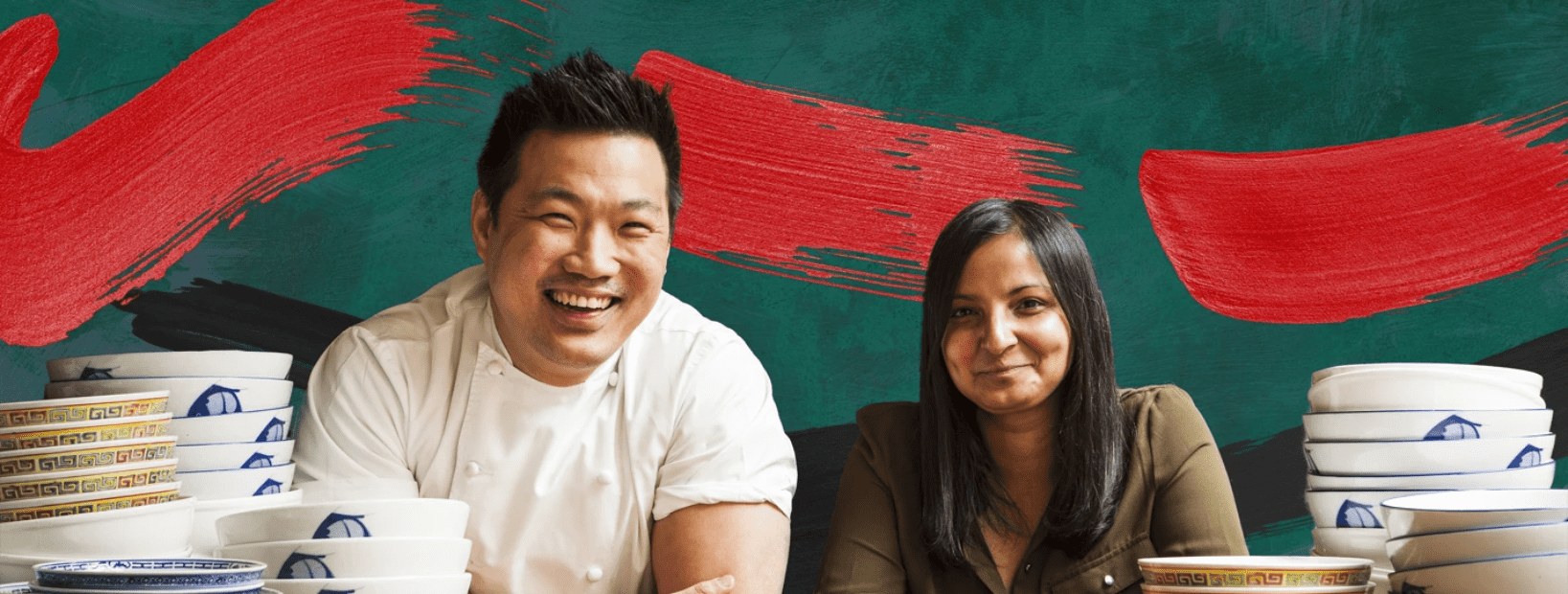"It's not about recreating the classics, it’s our exploration into craft, cuisine and table culture."
Andrew Wong
"It's not about recreating the classics, it’s our exploration into craft, cuisine and table culture."
Andrew Wong

Exploring the Chinese kitchen has been my window to—and my celebration of—my own culture and heritage. Working with Mukta Das at the SOAS Food Studies Centre, I’ve been able to rediscover a cuisine that has transformed itself countless times over two millennia and is one of the most diverse culinary cultures in the world.
Still, to many people, the structure of Chinese food has remained unchanged, based on a 飯-菜-小吃 [fàn-càI-xiǎochī] or cooked grain-side dishes-snacks system. Some also say that the fundamental taste profile of Chinese food—based on the use of ginger, spring onion, and soy—has defined the flavour of Chinese food for just as long.
In reality, while some things have stayed the same, many things have changed. In fact, China has one of the most open and versatile food cultures in the world and has always embraced new ingredients and cooking techniques from the countries it borders, as well as through trade and tribute with places further afield.
To understand this openness in China’s food history, it is not enough to simply use the recipes we’ve unearthed from history books or examine archaeological finds, tomb murals, and paintings. After all, these records were left by scholars, scribes, storytellers, poets, eaters, and amateur cooks, and the voices of many thousands of chefs over two millennia are missing.
What is becoming clear is that elite kitchens possessed the kind of culinary knowledge that would compete with the knowledge of present-day chemists. With Mukta, I probe these recipes, looking at them from a chef’s perspective, seeking the inspiration that would have driven bygone-era chefs to serve up exceptional meals to their eager audience of gastronomes.
Inspired by our exploration into the kitchens of China, both past and present, I’m introducing new dishes to our menu. I hope you enjoy the fruits of our labour, both in the library and in the kitchen.